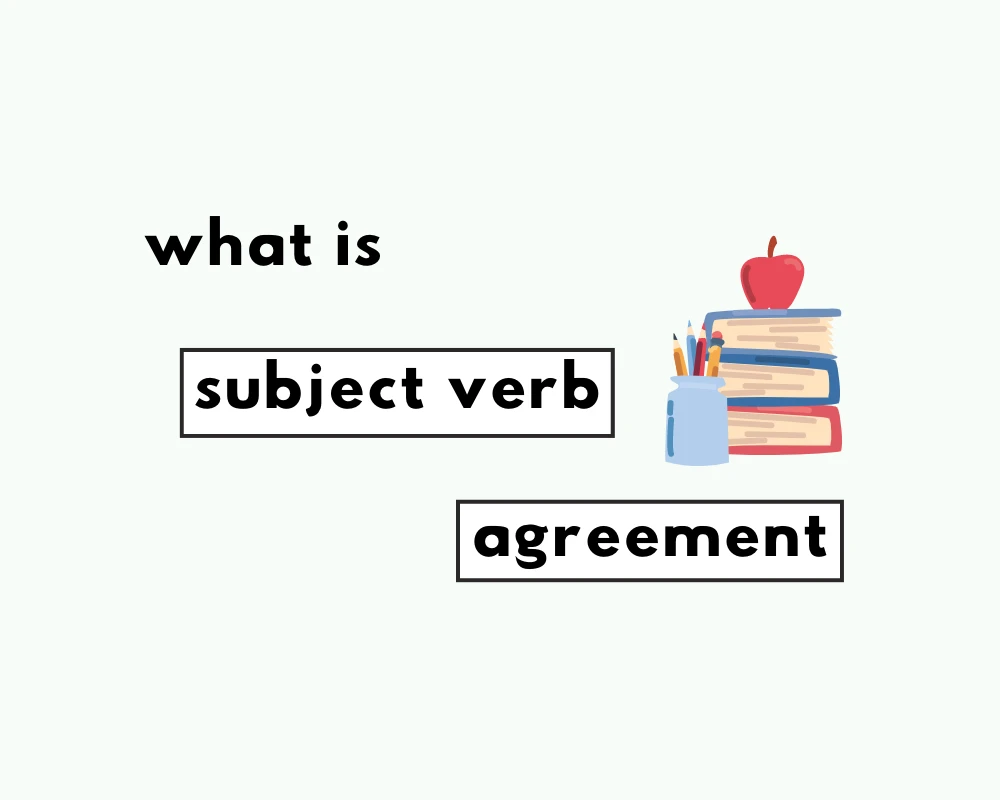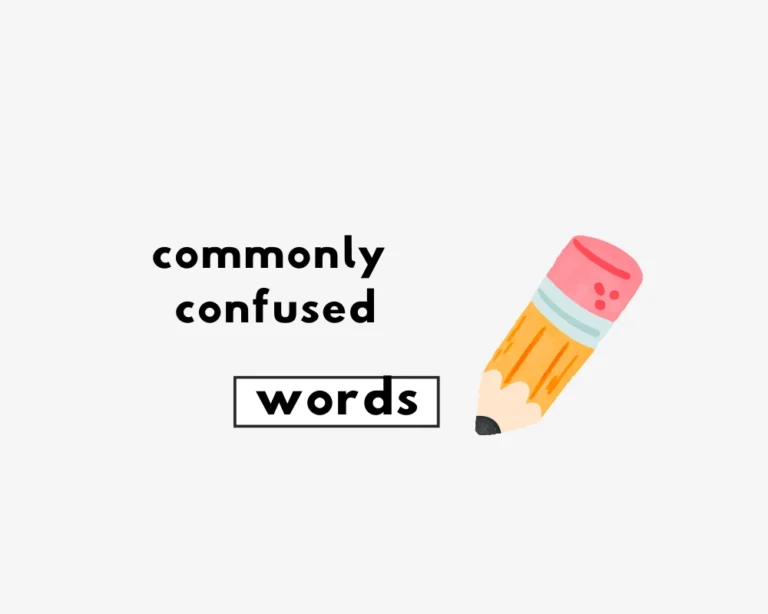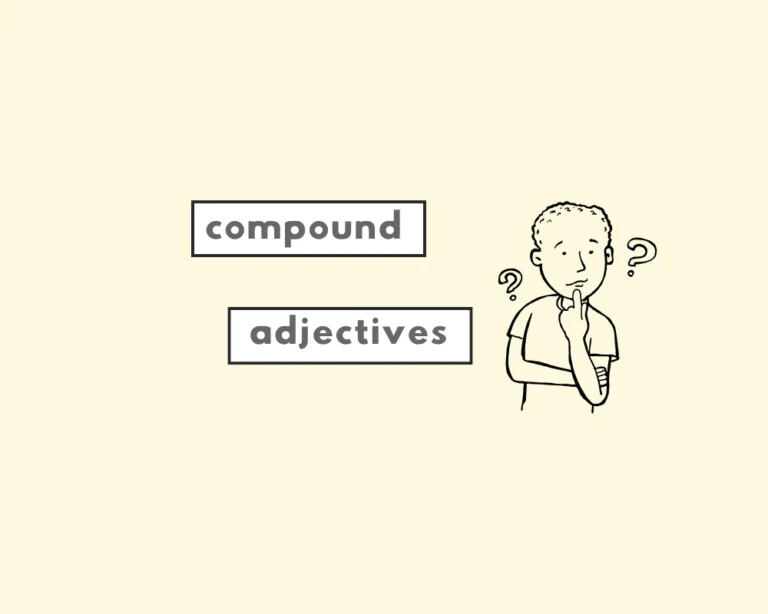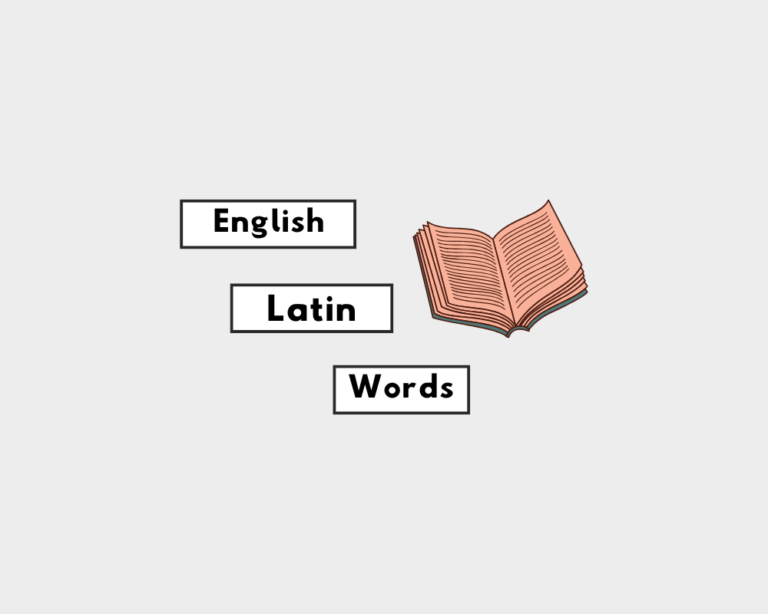What is subject verb agreement?
Subject verb agreement sounds like a mouthful, but it’s not so complicated once you understand the terminology (however esoteric it might be to fresh ears). Subject verb agreement is what it says: a verb and subject must agree with one another, but what exactly are they agreeing on? The answer: count or quantity.
Let’s deconstruct the phrase ”subject verb agreement”. The subject of a sentence is the doer of the action in a sentence, and the focus of the sentence itself. The verb in a sentence tells us what the subject is doing, or its current state. Subjects perform actions, but a sentence’s action cannot outnumber its subject. A sentence’s verb must always take after its subject in number (this is subject verb agreement).
When the subject is a single person, place, or thing, then the verb must match in its singularity/count. Two actions cannot, at the same time, be attributed to a single actor: it’s either something happening to one thing, or more than one thing, (or person, place, idea, you get the point). So, when we say subject verb agreement, all this means is the subject and verb (action) must match to in number to be grammatically correct.
SVA in application
1. There is a dog barking on the street. (singular subject = single action)
2. There are dogs barking on the street. (plural subjects = plural actions)
3. There is dogs barking on the street (incorrect)
4. There are dog barking on the street. (incorrect)
5. There are dogs barking on the street. (correct)
6. Most of the cake have disappeared. (incorrect)
7. Most of the cake has disappeared. (correct)
A cake is a singular noun (and subject), = singular verb. This explains why the sentence ‘most of the cake have disappeared’ is incorrect: have is present tense plural (or first person/second person singular/plural). Because the sentence mentions only one cake, the correct verb form to use is has, e.g., ‘most of the cake has disappeared.’ Two cakes cannot disappear when there was only a single cake to begin with. To say it one last time (so it gets stuck in your head) one subject = one action. Plural subjects = plural actions.
Practice using the verb in different tenses with example sentences to memorize the correct forms.
Rules of subject verb agreement
1. A singular subject must follow with a singular verb form.
2. A plural subject follows with the plural verb form.
3. Sentences with have two or more subjects that are connected with ‘and‘ use a plural verb form. (E.g., ”A car and a bike are my means of transportation.”)
4. Singular subjects conjoined by or, either/or, or neither/nor take a singular verb. (E.g., ”Neither Ashley or John is available to help with the move.”)
5. Noncount nouns (sums of money, concepts, fields of study) use singular verbs. (”Education is the key to success.‘; ‘the research I found on the topic was limited.‘)
6. Collective nouns mostly use a singular verb form (an army, fleet or unit taken as a whole). Unless one part of the collective is specified, use the singular verb form.
7. Nouns that are plural-only (are made of parts or pieces, such as eyeglasses or scissors) take a plural verb form.
8. When the subject and verb are separated by a phrase or clause, the verb agrees with the subject: For example, “The dog, along with its puppies, is sleeping” (singular subject, singular verb).
9. Indefinite pronouns like “everyone,” “each,” and “everybody” take singular verbs: For example, “Everyone is here” (singular subject, singular verb).
This might all sound tedious, but know that subject-verb agreement is a fundamental rule of grammar, and mastering it will greatly improve your writing and communication skills.
Read more articles
- Active vs. Passive Voice (Explained, With Examples)
- When to Use ‘Weren’t’ or ‘Wasn’t’? A Guide
- What’s Subject Verb Agreement? (Rules of Subject Verb Agreement)
- When to Use ‘A’ or ‘An’ (What’s an Article?)
- What is the Past Tense? (Forms of the Past Tense)
Worksheet
Question 1: Which is most important for proper grammar?
Question 2: Grammar rules help with:
Question 3: What is the main focus of this grammar content?
Question 4: Which is most important for proper grammar?
Question 5: Grammar rules help with:
Question 6: What is the main focus of this grammar content?
Question 7: Which is most important for proper grammar?
Question 8: Grammar rules help with:
Question 9: What is the main focus of this grammar content?
Question 10: Which is most important for proper grammar?
Which aspect is most important when learning grammar?
How can you improve your grammar skills?











